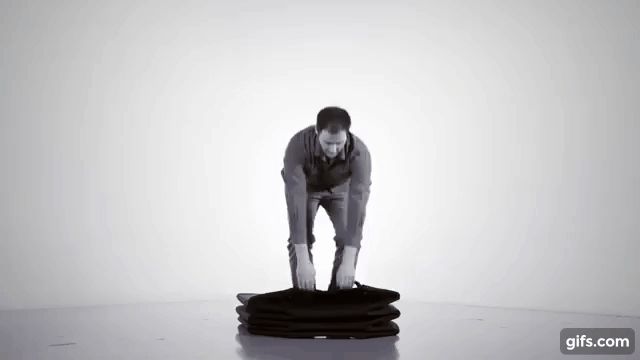Arizona And Certification Of Election Systems
I read that some are saying the Dominion voting system used in the November 2022 Arizona Mid-Terms was not properly Certified. I believe this is a rabbit hole. Here is why. The system may well have been Certified and still behaved as be saw it did on election day. Dominion’s system was designed to operate… Read More »Arizona And Certification Of Election Systems


I read that some are saying the Dominion voting system used in the November 2022 Arizona Mid-Terms was not properly Certified. I believe this is a rabbit hole. Here is why. The system may well have been Certified and still behaved as be saw it did on election day.
Dominion’s system was designed to operate with ballots printed at 300 dpi or higher resolution. I know this because it is stated in the User Guide that the system must be “tested” with ballots printed at 300 dpi. This means that the system would be expected to fail the test if a ballot was introduced (scanned) that was not printed at a minimum of 300 dpi. The system would work for ballots printed at 300 dpi resolution, and it would reject ballots printed at a lower resolution. These would have bar codes that could not be interpreted, or they would have registration marks that could not be interpreted, or some other marking that was used to logically bump ballots out of the system, making them ineligible for automatic processing ( i.e. counting).
The system could work perfectly well up to election day if the ballots that were input were all printed with adequate resolution. Many of these were mail out/in ballots, so they would have been printed well in advance of the election by professional printing businesses at adequate resolution (300 dpi or higher).
On election day, first thing in the morning, Kari Lake began receiving complaints that her supporters ballots were getting rejected by the system. The scanner is an embedded component of the tabulator machine. If the software that controls this device rejects a ballot, it can be for multiple reasons. Even ballots that get “swallowed up” by the tabulator machine can end up being sent to an adjudication folder. From here, batches of votes can be discarded of the person performing adjudication chooses to do so. If a ballot passes the first test, i.e. is it printed with adequate resolution, it can fail another test later such as “Are there any extraneous marks on the ballot.”
The logic that controls the electronic voting system is called software. Dominion has held that this software is “proprietary.” In order to know what really happened to multiple ballots on election day, we would need to analyze this software. One voter said she looked up her ballot and found it was rejected for failing the signature match. Was this performed by machine, or by a human eye? If by machine, how many points of comparison were required? If points of comparison were set to a threshold higher than usual, it could account for many ballots getting rejected for this reason.
It was previously disclosed during Giuliani’s tour of Legislatures in swing states that the system offers the option of taking two ballots and weighting one at 1.1 and the other at .9. Was such a change to the software invoked at some point late in the election? The possible avenues for malfeasance are many with electronic voting systems. The Vendor generally has Administrative access as well as people in the elections office. Cyber Ninja’s audit of the 2020 election disclosed that those in the elections office all shared the same password for Administrative access. This makes it so the exact person who “messed with” the system cannot be determined.
To reiterate, printing below 300 dpi may be the only factor that created the ballot rejection fiasco we witnessed on election day, 2022. This article explains how ballots that get successfully gobbled up can still fail to be counted. It is important that everyone who voted on election day check to see if their ballot was counted. If not, what was the reason given for it not being counted? If signature verification is given, demand to see the signature that was used to determine whether there was a match. If something seems off, it probably is.
The article also explains how the system we saw operating on election may well have been Certified. Ballots printed at a resolution less than 300 dpi are SUPPOSED to be rejected as ballots that cannot be tabulated by the system. Drawer 3 ballots that were fed into another scanner/tabulator at another location could be expected to be rejected also. If rejected because they were printed at inadequate resolution, the system was working correctly.






















